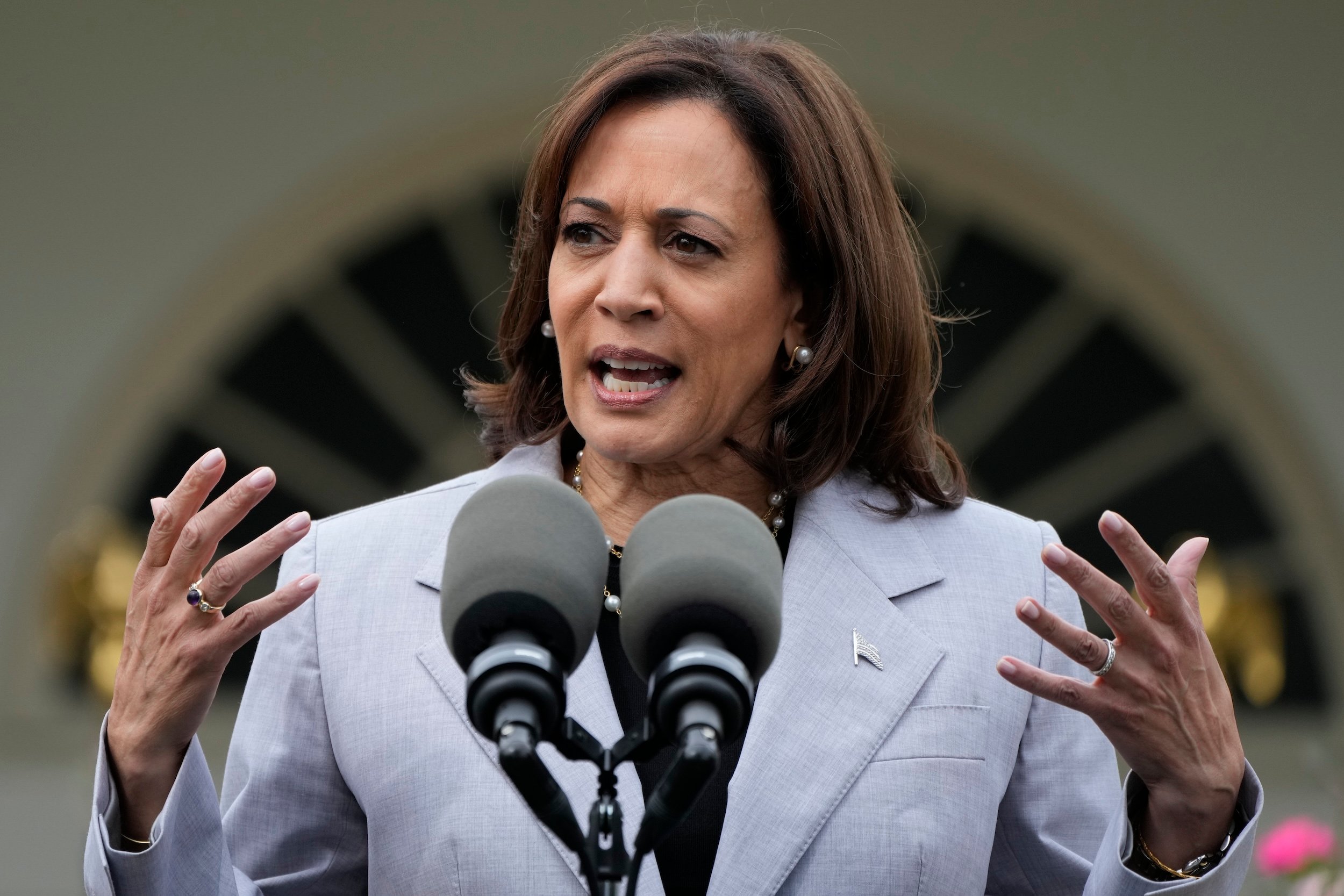What To Know Today
A Wyoming man’s quest to prevent suicide one chat at a time. In 2020, men accounted for about 79 percent of suicides nationally, and 70 percent were white men, despite making up just 30 percent of the country’s population. More specifically, Wyoming experienced the highest per capita rate of suicide deaths — the majority involving guns — in the nation. Facing down those risks, The Washington Post follows the efforts of Bill Hawley, a suicide prevention specialist in rural Johnson County, with his own history of attempted-self harm. Hawley tries to build relationships and help other men, challenge harmful conceptions of masculinity, and break down the inability of some men to talk about their emotions. “Talk saves lives,” he says. From The Trace: Our guide for assistance if you or someone you know is feeling hopeless or overwhelmed. [If you have feedback about our existing work related to suicide or know about a resource we should add to our guide, please email us at: [email protected].]
The numbers on federal illegal gun possession convictions in Missouri. Between 2015 and 2021, some 3,600 people were convicted on federal gun possession charges in Missouri, which leads the nation in the rate of such prosecutions, according to a Kansas City Star analysis of federal data. Missouri also has one of the highest rates of gun violence in the country. The convictions, like the incidence of gun violence throughout the state, disproportionately affected Black residents, who made up 81 percent of all federal illegal gun possession cases, though only 12 percent of the population, while white people — 79 percent of the population — made up 18 percent. The data also shows a rise in the share of Missourians sentenced for federal gun crimes as a percentage of federal convictions in Missouri, from less than 20 percent in 2001 to 43 percent in 2021. Over the same period, the national average increased from 7 percent to 14 percent.
Under new DOJ rules, federal law enforcement have a duty to intervene when they witness excessive force. On Monday, Attorney General Merrick Garland circulated the guidance in a memo to the heads of agencies under the DOJ — the FBI, the ATF, the DEA, the U.S. Marshals Service, and the Bureau of Prisons. The memo also says that federal law enforcement officers must be trained and have a duty to act if someone needs medical care. The rules were the first tweak to the agency’s federal use-of-force guidelines in nearly two decades. Non-DOJ federal law enforcement, as well as state and local officers, are not covered by the new order that takes effect in July.
New York City would spend an additional $9 million on violence interruption for schools. An increased emphasis on community-focused street outreach has been one major plank of Mayor Eric Adams’ approach to violence prevention. In the city’s latest budget, the Education Department would have the extra money to “contract with community-based organizations that specialize in violence interruption techniques (e.g., de-escalation, mediation, conflict resolution) to make students feel safe and supported in their schools.”
David Chipman leaves Giffords. The gun reform organization made the announcement late Friday afternoon. Chipman, a long-time ATF special agent-turned-gun control advocate, was President Joe Biden’s first pick to lead the ATF and worked at Giffords for six years.
Data Point
0 — the number of times a New York domestic terrorism task force has met after being convened in 2020 with the intent to prevent mass shootings. [The Buffalo News]

